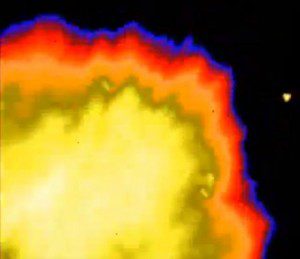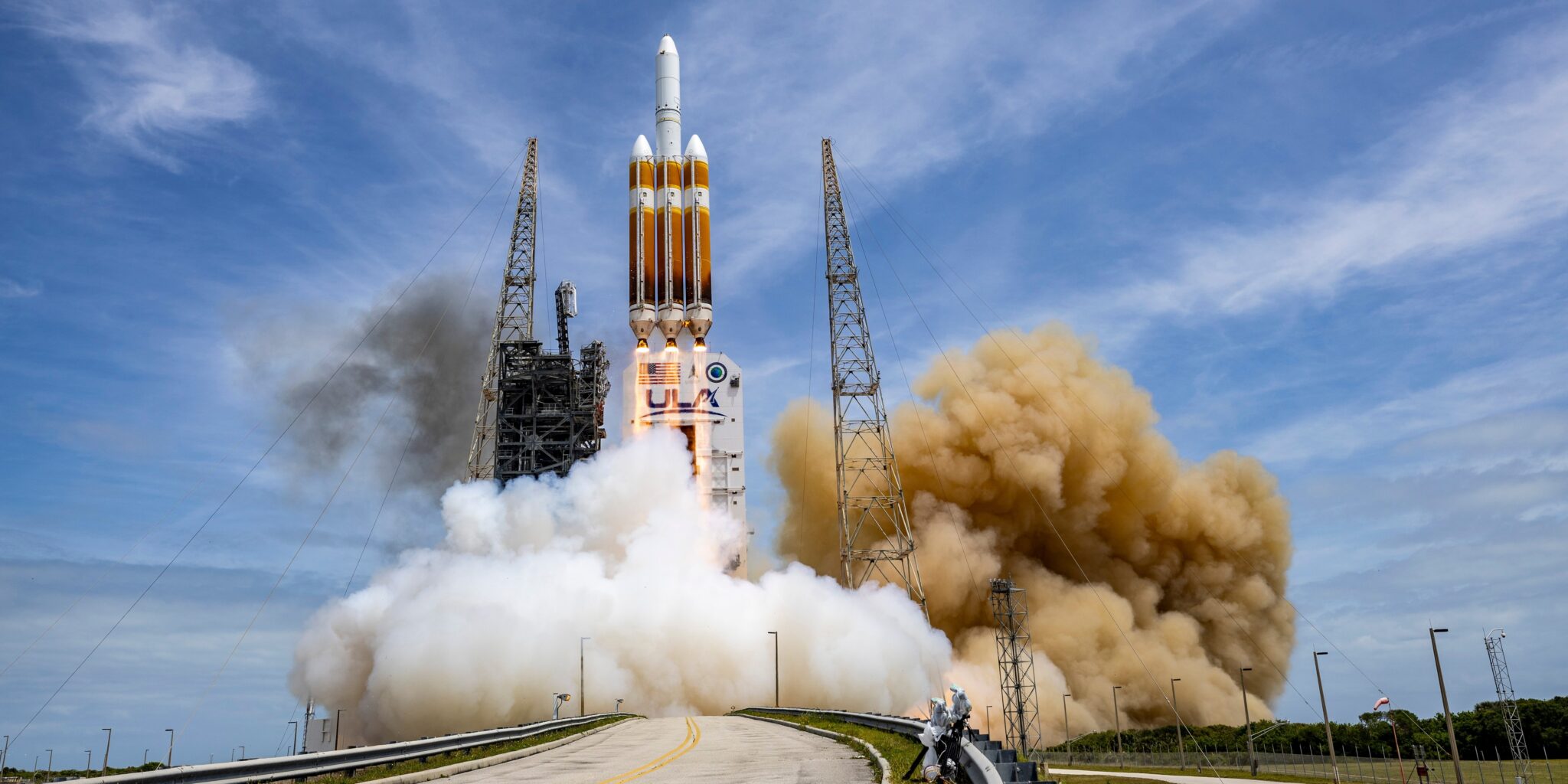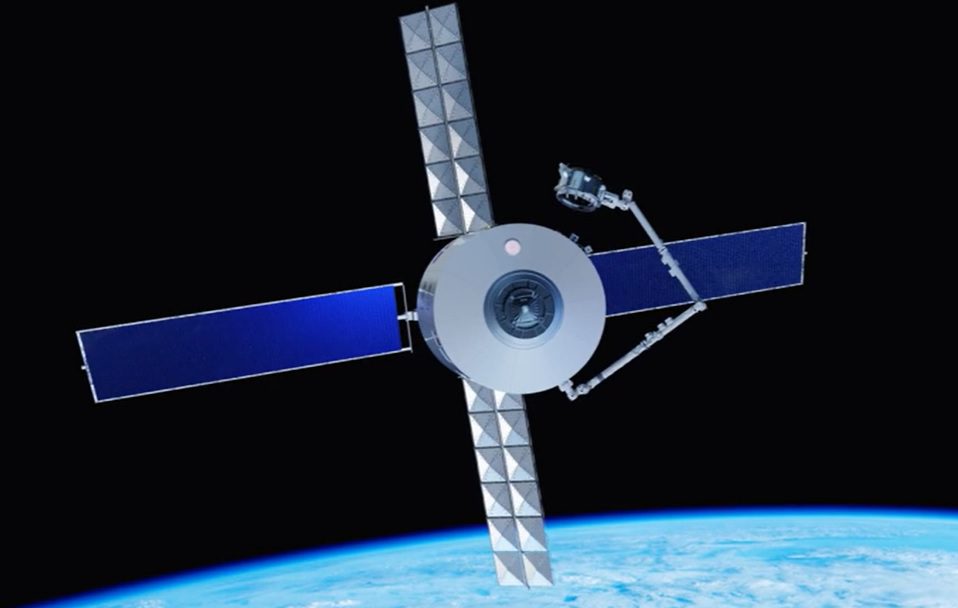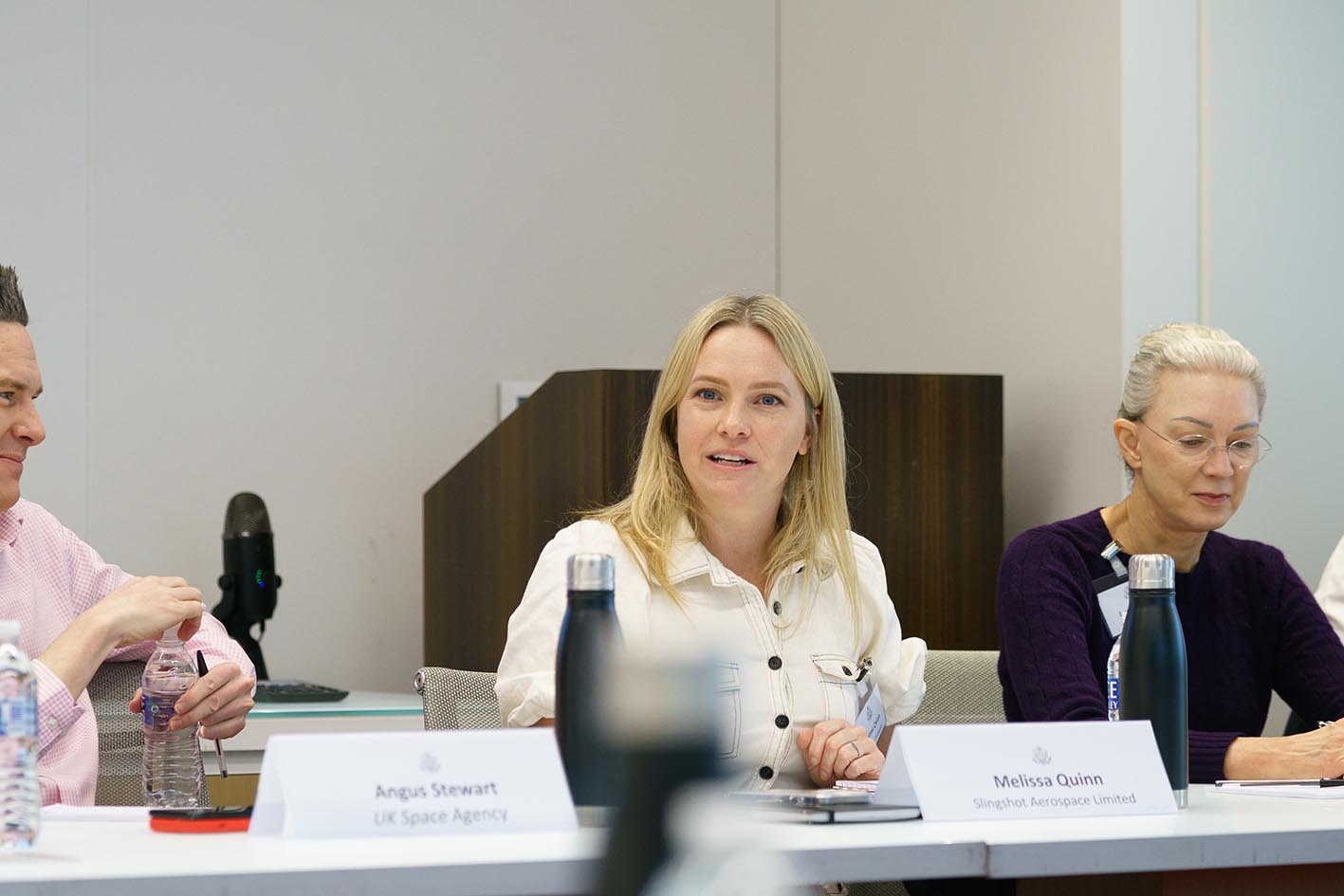On its third launch (2nd successful launch) the New Zealand based RocketLab Electron rocket successfully placed seven satellites into orbit. The launch from Onehui Station, Mahia Peninsula, on the North Island of New Zealand took place at 0350 GMT on 11 November 2018. The seven satellites launched to a Sun-synchronous low Earth orbit of circa 516 x 506 km at 85.0 degrees included:
- Cicero 10, a 10 kg satellite launched for GEO Optics LLC/Broadreach Engineering, which uses GPS signal occultation analysis to measure the Earth’s atmosphere.
- Irvine 1, a 1 kg High School Educational Technology Demonstrator satellite for the Irvine Public Schools Foundation.
- Lemur 2-82 Zupanski and Lemur 2-83 Chanusiak (each 4.6 kg), which are part of the Lemur ship-tracking and atmospheric research satellite constellation for Spire.
- The 4kg nanosatellites, Proxima I and II, for Fleet Scale TechnolOgies testing out Internet of Things (IoT) communications.
- NABEO, a drag-sail technology test attached to the Electron Curie upper stage.
Some of these satellites appear now to have lowered their orbits slightly to 522 x 497km at the same inclination.
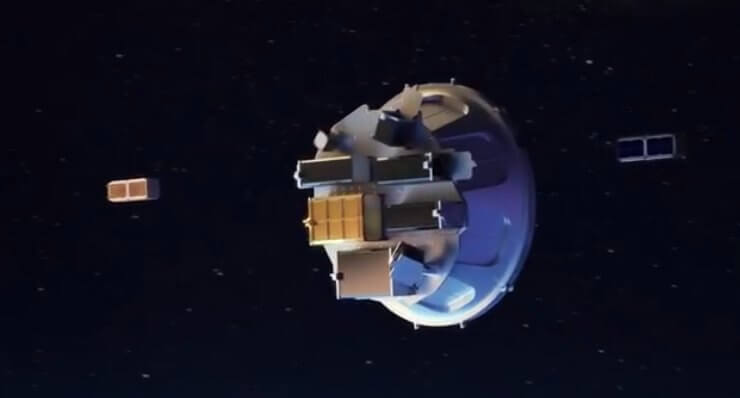
Illustration showing Electron rocket’s Curie upper stage and delivering its satellite payloads. Courtesy: RocketLab via Jonathan McDowell/Twitter
Update on 20 November 2018: Having spent approximately US$100 million of its US$148 million funding on development to date, Rocket Lab CEO Peter Beck announced that the firm would be receiving a further US$140 million via an investment round led by Australia’s sovereign wealth fund.


